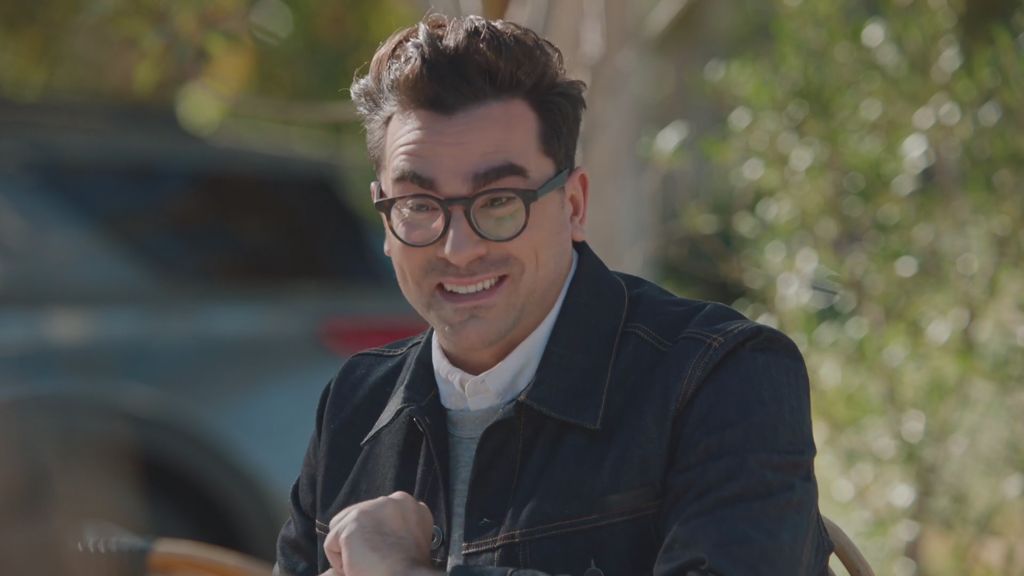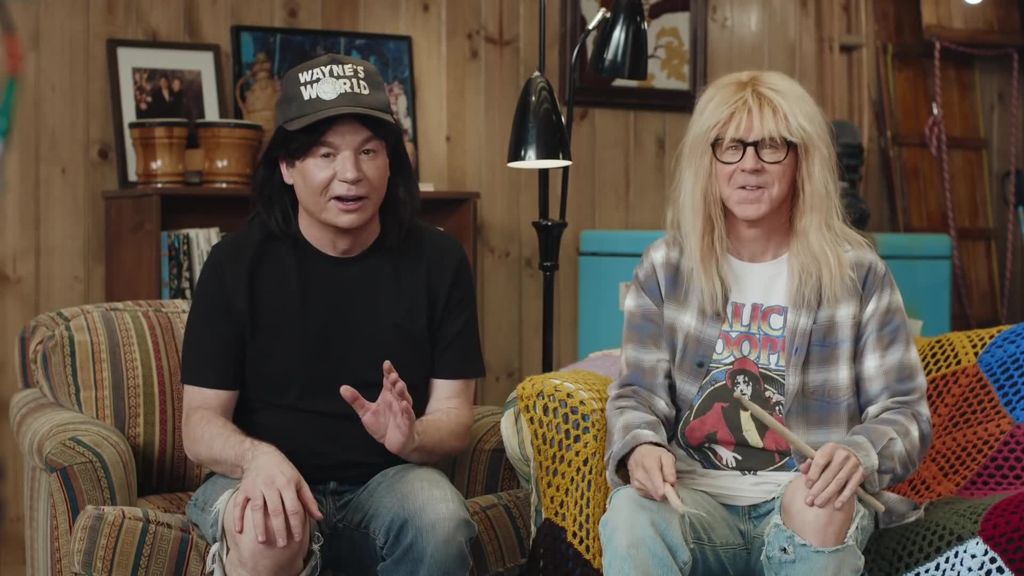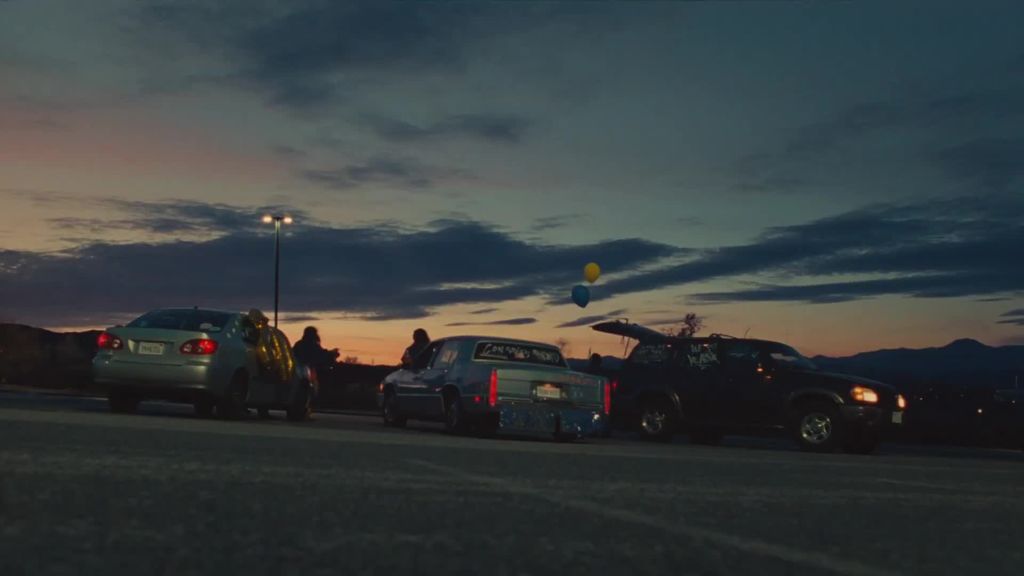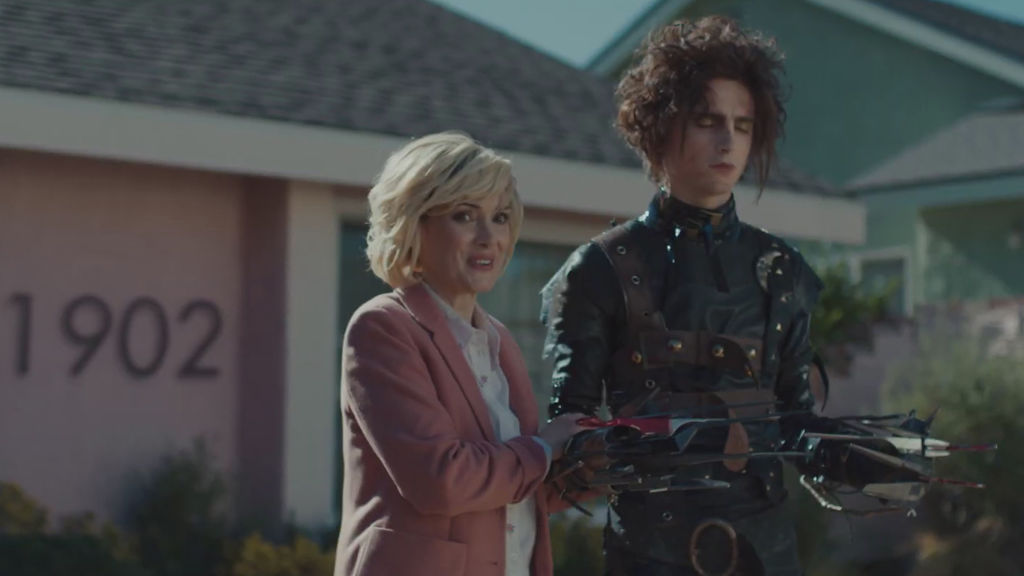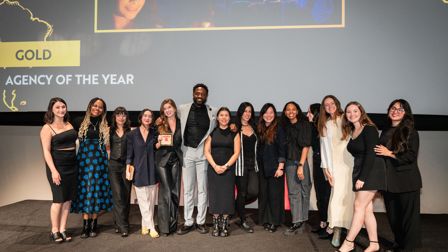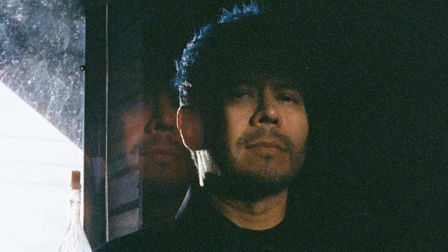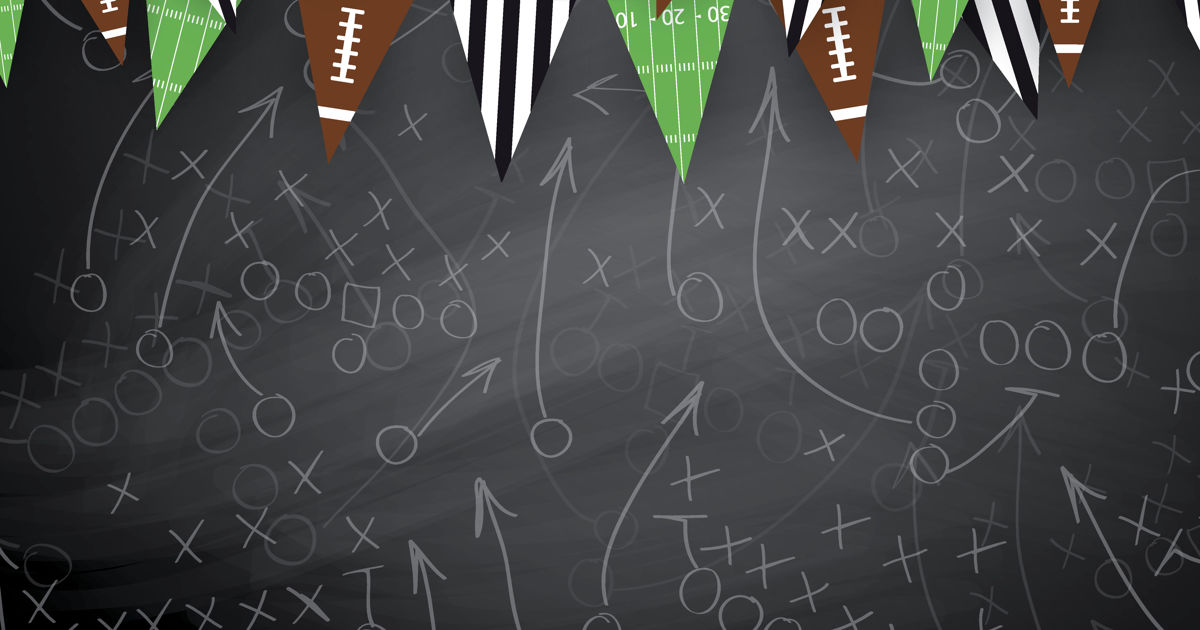The Super Bowl post-game analysis
As the dust settles on last week's Super Bowl commercials, a selection of US creatives take a final look at what worked, what didn't, the power of celebrity and the changing expectations of consumers.
With time to take stock and reflect on the Big Game offerings of 2021, a selection of US creatives ponder the successes and failures that they saw at this year's Super Bowl.
Questions around suitability, cut-through, the power of celebrity endorsements and the changing needs of consumers are all considered as we endeavour to undertake our own post match analysis.
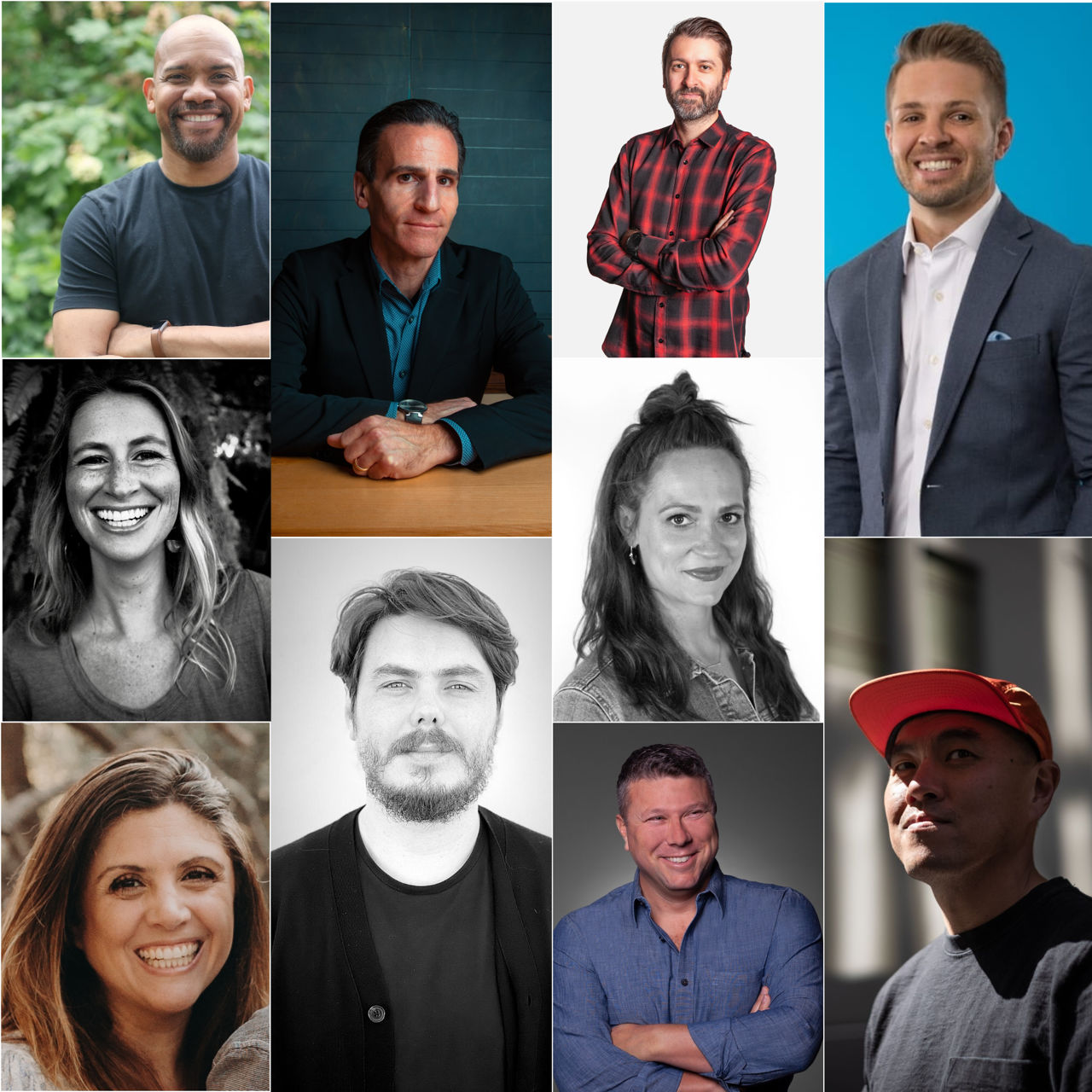
Contributors are [clockwise from top left]: Vann Graves, Executive Director, VCU Brandcenter; Tom Denari, President, Chief Strategy Officer, Young & Laramore; Sylvain Tron, Managing Director, McKinney; Scott Harkey, President and CEO, OH Partners; Ryan Ku, Head of Strategy & Brand Innovation, Eleven; Joel Kaplan, Executive Creative Director & Partner, MUH-TAY-ZIK/HOF-FER; Fernando Pellizzaro, Creative Director, DAVID Miami; Lisa Welborn, Head of Media, Eleven; Ashley Benton, Executive Creative Producer, Barking Owl and Carter Debski, Creative Director, Eleven.
Which brands' approach do you think cut through at the Super Bowl this year? And which misjudged their marketing?
Sylvain Tron: I loved what GM did with the idea of turning clean vehicles into a competition between countries — strong strategy there, so props to GM. Reddit’s five seconds of genius was a super smart activation that had minimal spend for a lot of social engagement, and I always love to see that. Paramount+ was a huge undertaking, which I thought worked really well. It’s always great to see a streaming platform take a chance with a smart, original ad as opposed to a giant sizzle reel of their shows and movies.
I’m still thinking about that Oatly commercial — I can’t decide whether that’s a good thing or a bad thing.
On the other end of the spectrum, I thought Robinhood running a spot was pretty tone deaf given everything that has happened recently. Flat Matthew [for Doritos] felt like a rip-off of a Budweiser spot from last summer, and it just didn’t deliver from a craft perspective. And I’m still thinking about that Oatly commercial — I can’t decide whether that’s a good thing or a bad thing. Ask me again in a couple weeks.
Carter Debski: Reddit. They made a huge bet dropping all their money on a five second ad, and it paid off. One of the most talked about ads, and definitely one of, if not the most breakthrough. Oatly was interesting, too. Bad ad, smart-ish marketing? But honestly, I liked Oatly more before the ad and the swag.
Joel Kaplan: At the climax of such a unique NFL season, it was a bit disheartening to find that most brands took a traditional approach to their Super Bowl message. For brands like Jeep and Hellmann’s, that traditional approach was a big let-down. Some, like M&M’s Come Together and Bud Light Seltzer’s Lemonade hit a much better balance. But only one really broke the traditional model and got me curious to learn more; Reddit. Their five second ad had me excited, interested, and wanting to discuss.
One spot that seemed to ignore a human truth was Jimmy John’s.
Tom Denari: A number of spots effectively connected with consumers by tapping into some basic human truths. Just like Anheuser-Busch’s Let’s Grab a Beer effectively sold the larger beer category by celebrating those times that disparate people come together, M&M’s effectively positioned their little bag of chocolate as a salve for the little screw-ups we all make every day. And recognising the confounding, nerve-racking process of buying a house, Tracy Morgan hilariously - and therefore disarmingly - convinced us that Rocket Mortgage can actually bring some “certainty” to the process. One spot that seemed to ignore a human truth was Jimmy John’s. It seems as if they fell victim to some shoddy consumer research, which must have said that people didn’t know JJ’s had “all-natural” meats. People have Jimmy John’s delivered because it’s convenient, fast, and just good enough. In that order. They would have been better off reminding us that they did delivery, freaky fast—before delivery was cool.
M&M Mars – Come Together
Jimmy John's – Meet The King - Extended Version
Above: M&M's hit the right note for Joel Kaplan, while Tom Denari felt that Jimmy John's missed the mark.
Vann Graves: The Amazon ad for Alexa cut through the clutter this year. It’s a well-written, classic Super Bowl spot featuring a big-name celebrity. It was humorous, but had the kind of universal humor that anyone could relate to. In that sense, it also represented diversity. It didn’t matter the race or gender identity of the viewer—the awkwardness of Alexa’s “new body” and the spouse’s concerned reaction made the spot funny across any type of audience.
They missed an opportunity to tell their story. They were not true to their brand, and there was a big social media backlash because of it.
Scott Harkey: Jeep’s ReUnited States of America stood out from all the other ads because Jeep took an authentic risk. They proved that they know their customer, and they weren’t afraid to use imagery and messaging that called for unity.
Uber Eats missed the mark with its Eat Local commercial featuring Wayne’s World comedians Mike Myers and Dana Carvey, as well as superstar Cardi B. Since the pandemic, more than 110,000 restaurants have closed, and the restaurant industry has been critical of Uber Eats and other third-party delivery apps for their steep fees.Uber Eats launched a public relations campaign a few days prior to the Super Bowl, announcing it would invest $20 million to support independent restaurants, waive and reduce fees and issue microgrants to restaurants. But that was not clear in the commercial. They missed an opportunity to tell their story. They were not true to their brand, and there was a big social media backlash because of it.
Fernando Pellizzaro: The Super Bowl is always an opportunity for brands to do something that matters. Especially this year. And it surprised me that just a few brands actually did it. I really liked the NFL spots, Inspire Change and As One. They were relevant and right on point. And I’m not talking about the creative execution, I’m talking about the bigger idea of making commitments, not being afraid to fight for what they think is right, and to say so on the biggest advertising stage in the world.
Jeep’s spot with Bruce Springsteen totally missed the mark.
Lisa Welborn: Let’s Grab a Beer by Anheuser-Busch was one of my favourites. While it was heavy, it was very relatable, which is the feeling AB InBev was going for. I’m sure most people can relate to having a bad day and then grabbing a beer. Alexa’s Body by Amazon hit the mark by successfully bringing audiences some much-needed humour during this period of high anxiety. Right now, I think people were looking for Super Bowl campaigns that emphasise happiness, levity and positivity as opposed to serious ads. Jeep’s spot with Bruce Springsteen totally missed the mark. One of my podcasts described it best; “what they displayed in that ad fundamentally goes against what D&I is in America right now. It didn’t showcase what America is right now, it showcased a unity of America that used to be.” The spot was too middle-of-the-ground in my opinion. If a brand is going to lean into their purpose, they should pick a side.
Amazon – Amazon Alexa's Body
Uber Eats – Wayne's World Wayne And Garth Are Back
Above: Amazon's ad, starring Michael B Jordan has cut through, as far as Vann Graves is concerned, while Scott Harkey believes Uber Eats missed an opportunity.
Squarespace and Indeed both concentrated on work challenges but in different ways; which do you think had more resonance?
ST: As much as I love Dolly Parton, and found the Squarespace spot fun, I have to lean toward Indeed on this one. It just felt more human and, given the current state of affairs in the country, I think treating the subject honestly and earnestly was a better way to go rather than the light-hearted direction Squarespace took.
The problem was, to anyone else, [Squarespace] came off as a contrived dance that ignored the plight of a heart-broken middle class.
JK: Both brands achieved their goal but for very different targets. Squarespace was speaking to an excited and optimistic younger audience that is longing to get out of a day job and follow their passion. The problem was, to anyone else, it came off as a contrived dance that ignored the plight of a heart-broken middle class. Indeed was speaking to the core of that middle class. Their spot felt authentic and heartfelt but also very familiar in a time of Covid anthems. In the end, I would rather watch the Squarespace spot, but Indeed most likely hit home with more Americans.
FP: Because job loss was a huge problem this year that impacted millions of Americans, I feel that the Indeed commercial was a little more inspiring and relevant. I love when brands acknowledge the situation and try to bring hope. Of course, it totally connected with their product in this case and made their message even stronger.
Squarespace – 5 to 9 Extended
Indeed – The Rising
Above: Squarespace and Indeed tackled the challenges of work in different ways.
Are celebrity appearances and endorsements still as valuable and successful as ever or has the shine worn off?
ST: I don’t think the use of celebrity has changed much from previous years. When it makes sense, is on strategy, and truly enhances the message, that’s great. I thought it was something GM and Cheetos did really well this year.
JK: Using a celebrity no longer has the same value it once did. Mostly because celebrities are no longer sacred. We see them on Instagram and TikTok. They post images of their new kitchen and tweet about their juice cleanse. Now, the presence of a celebrity means very little unless you can show an aspect of that personality or character that we haven't seen over and over in other media.
Using a celebrity no longer has the same value it once did. Mostly because celebrities are no longer sacred.
Ryan Ku: If Bruce Springsteen, Maya Rudolph or Tracy Morgan walked past me on the street, I'd gawk at them all. If they walked past me in a row, I'd be even more pulled into the moment. Our response to the presence of fame and celebrity is almost autonomic. Leveraging that innate engagement response in a clever and valuable way is the real challenge for brands and creative partners.
LW: I don’t think the shine has worn off. I just think brands need to pay more attention to who the celebrities are, how they are being used, and if they are telling an authentic story. Again, I reference the Jeep ad. Even though they used Bruce [Springsteen], I think it was off base.
SH: Celebrity appearances and endorsements are more valuable and successful now because celebrities have incredible power to amplify content to their fan base through their social channels. Also, people are reprioritising their lives now, and because it’s harder for brands to stay relevant, celebrity endorsements are almost critical.
Ashley Benton: Celebrity appearances are 100% still valuable. This might have been the easiest year to cut through in the sense that most people weren’t at big parties, but generally speaking, it’s still extremely tough to make an impression amidst the hubbub of the Super Bowl viewing experience. Once someone sees their favourite celeb on-screen, they’re more than happy to tell Loquacious Larry to settle down for a minute so they can pay attention. Edgar Scissorhands shut me right up.
Frito-Lay – It Wasn't Me
Cadillac – ScissorHandsFree (Extended Version)
Above: Star power is still leveraged for the Super Bowl, but how effective is it?
Have consumer priorities altered?
VG: In the last year, we’ve realised that our homes are actually our castles AND our cages, and thus we need our creature comforts. Covid has limited our ability to be out and about; we’ve spent more time at home and, because of that, there has been a greater volume of consumer spending around home improvement, online shopping and delivery options for everything from groceries to clothing, and entertainment, particularly immediate-streaming options on platforms like HBOMax, Disney+, and Amazon Prime.
It would be foolish to think that a year of plague and civil unrest hasn't changed our priorities in a fundamental way.
RK: Yes and no. It would be foolish to think that a year of plague and civil unrest hasn't changed our priorities in a fundamental way. But I don't think our consumer dinosaur brains entered the Super Bowl moment with different priorities than any other year. Distraction, revelry, entertainment and shared experience still drive the moment. But assume the day after looked far different in 2021 than in 2020.
General Motors (GM) – No Way Norway
Paramount Plus – Sweet Victory
Above: GM's spot, starring Will Ferrell, and Paramount+'s celebrity filled campaign.
Do you think brands have had trouble working out how to pitch their creative approach due to the ongoing pandemic?
JK: At this point, if a brand is still trying to figure out how to act due to the pandemic, they are so far behind the lead that marketing is the least of their issues. In fact, the biggest issue a brand can have right now is acting like nothing is different in their consumer’s lives.
RK: Absolutely. The current state of American culture is more a minefield than a maze, where the consequences of misstep are severe.
SH: Yes, production and timing are different, and the political environment is heavy. At the beginning of the pandemic, there was a large over-correction because every brand wanted to insert themselves into what was happening with the pandemic. Now brands are starting to take a more light-hearted approach to creative.
Where brands used to only focus on the thoughts of their shareholders, today’s brands also need to support the desires of their consumer bases.
What do brands need to do to stay relevant in such unusual times?
ST: Brands need and put themselves in the shoes of their consumers and lead with empathy. If the message isn’t authentic, the audience will feel it right away. It’s not just about the message, it’s about delivering on that message. Now more than ever, I believe consumers want brands to live into their purpose.
VG: Brands need to be authentic, engaged, and have a point of view. There was a time when brands only focused on the needs of their shareholders and the bottom line; now, consumers are asking their brands to do more social good and show support for social issues in a public way. Where brands used to only focus on the thoughts of their shareholders, today’s brands also need to support the desires of their consumer bases.
RK: A solid sense of self, authenticity, situational awareness, and the willingness to move and adjust quickly seem to be the magic equation to thriving in times that are no longer unprecedented or unusual but more likely the new normal.
AB: Brands need to do a lot to stay relevant. In times of crisis and transformation sticking with the status quo comes off as completely out of touch. Brands have to shift as quickly as possible to make sure they’re truly representing as many people as possible in advertising and in business practices.
FP: I think brands shouldn’t be afraid of positioning themselves to do and stand for what they believe is right. Sometimes I feel that brands completely forget that they can promote positive change in society, in favor of focusing only on business results. While the truth is, fighting for what’s right in the right way can help your business even more.
CD: Brands need to remember everything isn’t about them. Stay in your lane, brand. But also show up in new and interesting ways. Hit people how, where and when they consume media. And that might not be/probably isn’t just a 30-second ad.
Do you think that, once the pandemic is under control, consumer behaviour will revert to pre-Covid times?
JK: No. It will evolve into something completely new. A hybrid of renewed excitement and cautious experimentation
TD: Some of the shifts in consumer behaviour will likely outlast the pandemic, as categories like food delivery were fuelled by homebound consumers who may have tried these services for the first time out of necessity. They’ll likely continue to use them out of convenience, even after the pandemic is behind us. That said, I anticipate that the pent-up inclination to simply “go out” may actually create a renaissance for experiences like restaurants and theatres.
SH: No, the consumer mindset is forever changed. It’s true that people have short memories, but this is different. Consumer media habits have changed, and it will be harder for brands to become and stay relevant. Media will continue to be niche-targeted and brands will have to adjust.
)
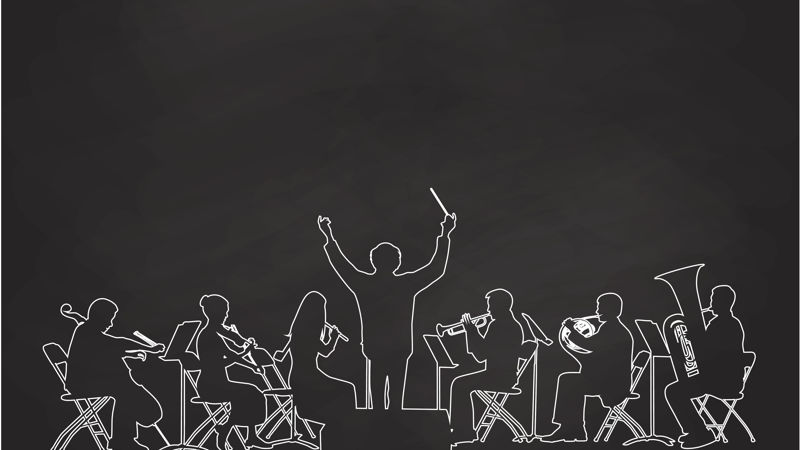
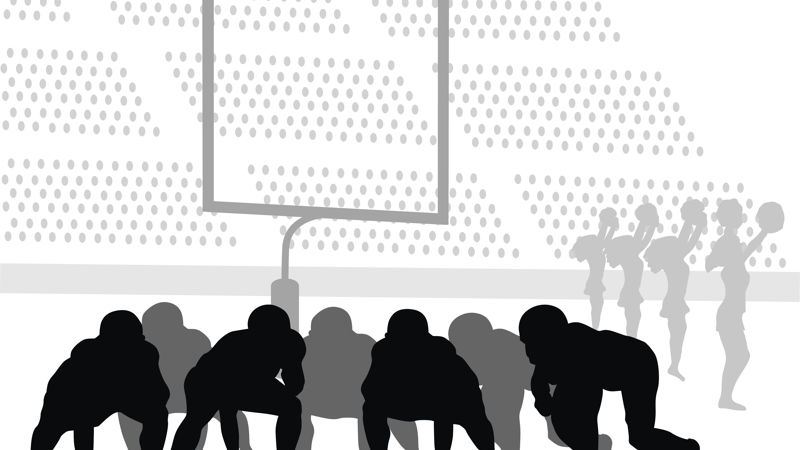


 + membership
+ membership

